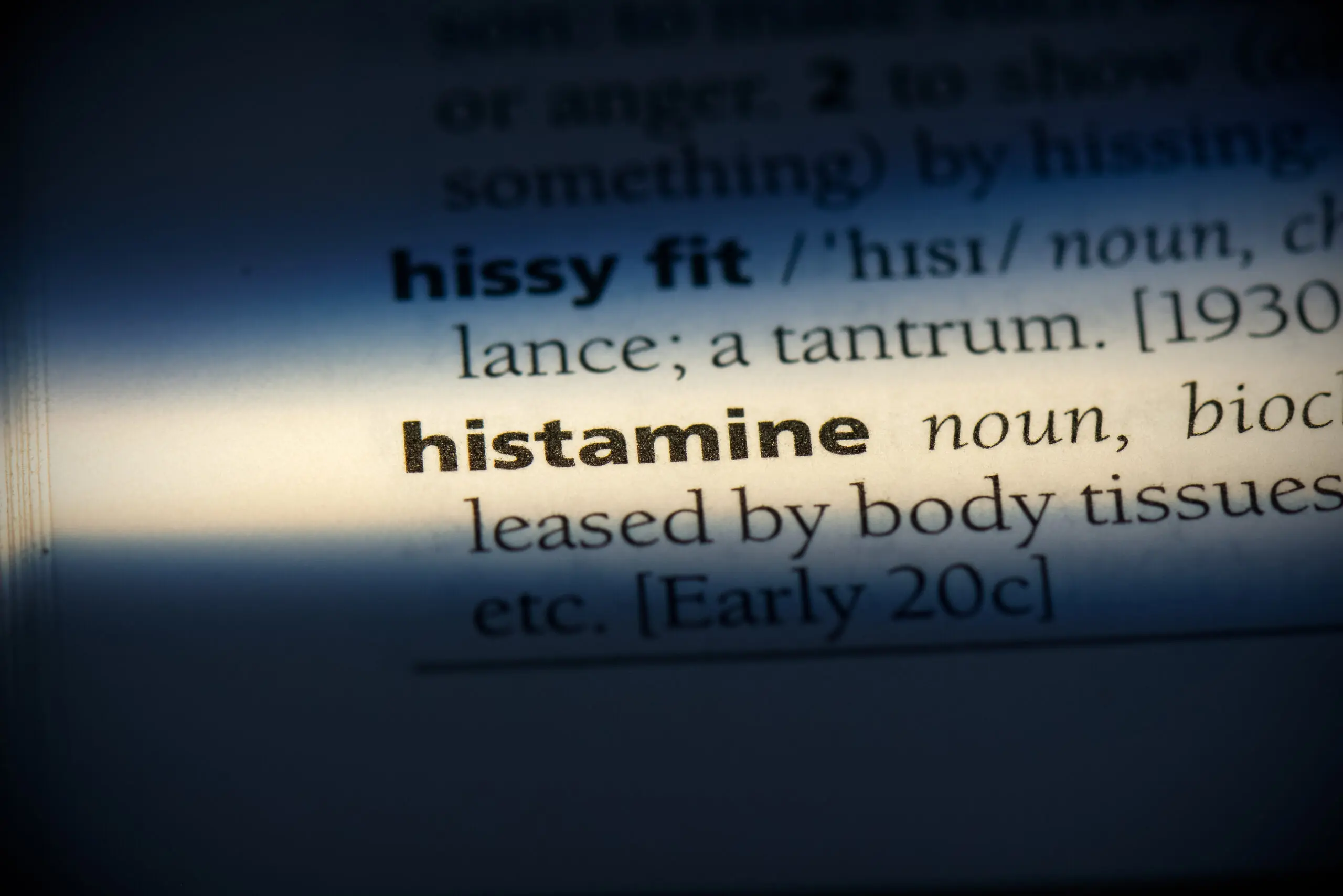
© Adobe Stock
August 22, 2024
Moira Hammes
- Health
Why women are more often affected by histamine intolerance
An imbalance in the female hormonal system exacerbates the symptoms of histamine intolerance or can even trigger them.

© Adobe Stock
August 22, 2024
Moira Hammes
An imbalance in the female hormonal system exacerbates the symptoms of histamine intolerance or can even trigger them.
Histamine is a tissue hormone that is both naturally produced in the body and can be absorbed through various foods. In the human organism histamine plays a crucial role: It influences the transmission of immune cells, the production of gastric juice for digestion, the sleep-wake cycle, and even blood pressure .
Accordingly, histamine plays a central role in numerous bodily processes. An imbalance between accumulating histamine and histamine breakdown can lead to histamine intolerance, which can cause various symptoms. A little-known connection exists here between the female hormonal balance and histamine intolerance.
Because besides intestinal diseases, certain medications, histamine-rich foods, and alcohol, the female hormone estrogen can negatively affect the activity of the enzyme diamine oxidase (DAO), which is responsible for breaking down histamine.
In the female organism, histamine is mainly produced by mast cells. Estrogen stimulates histamine production in these cells, which is why an elevated estrogen level during the follicular, ovulation, and luteal phases can promote histamine formation. It also weakens the DAO enzyme, which breaks down histamine.
Therefore, the histamine level fluctuates according to the estrogen level, leading to frequent complaints especially during the menstrual cycle. In fact, about 80% of those affected by histamine intolerance are women, highlighting the gender-specific prevalence.
During pregnancy, however, DAO is produced more abundantly, which can lead to a relief of symptoms. However, after childbirth, the DAO concentration decreases, which can cause the symptoms to worsen again.
During menopause, too, the symptoms of histamine intolerance can increase. Hormonal changes affect histamine production and degradation. Since research on this topic is still limited, the understanding of the exact relationships in this phase of life is restricted.
The following symptoms frequently occur, among others:
– Flushing (redness, especially on the face)
– Skin rash, itching & hives
– Respiratory complaints
– Dizziness, blood pressure fluctuations & nausea
– Headaches & migraines
– Gastrointestinal complaints
– Increased menstrual complaints
To alleviate the symptoms of histamine intolerance, sufferers can specifically avoid foods rich in histamine and instead opt for a low-histamine diet. There is also the possibility of taking antihistamines, which stabilize the binding sites of histamine, or mast cell stabilizers that inhibit the release of histamine.
These include raw sausage varieties such as salami, mature cheese, tomatoes, spinach, legumes, seafood and shellfish, as well as wheat products, spicy spices, and many alcoholic beverages.